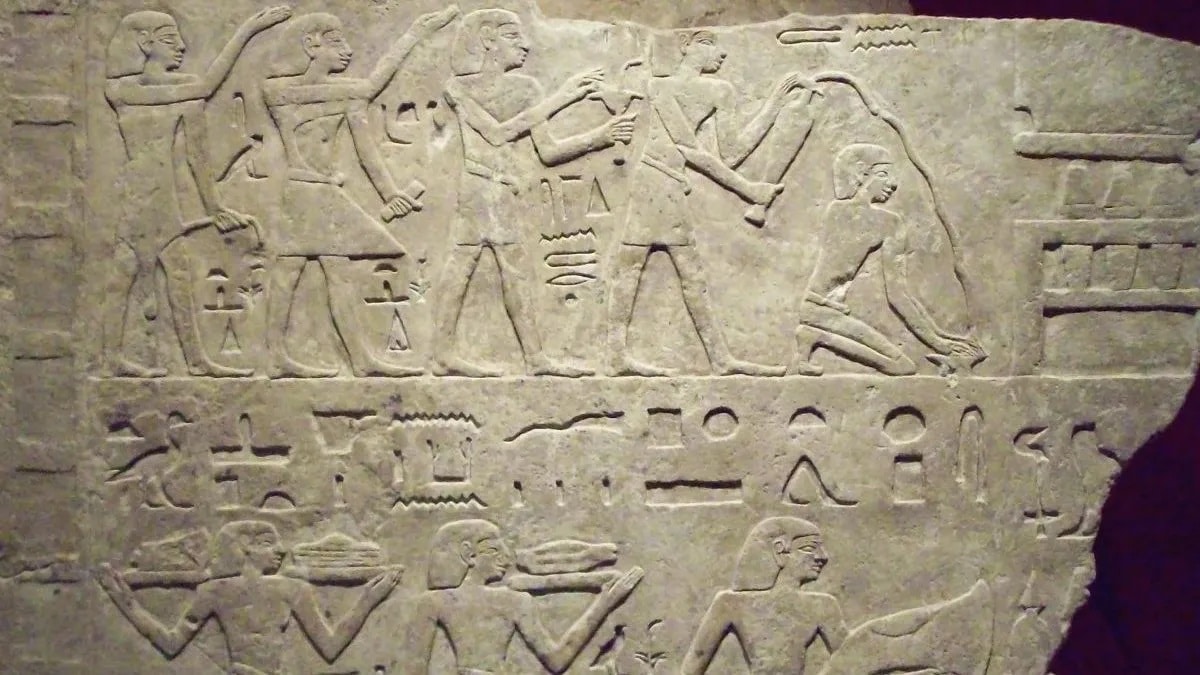Ancient Egypt’s Tenth Dynasty, Welcome to the enthralling realm of ancient Egypt, where historical narratives unravel like the delicate threads of a Pharaoh’s robe. In this article With Top Ten Egypt, we embark on a captivating journey through the enigmatic Tenth Dynasty, a period of transition and transformation in the annals of Egypt’s history. Join us as we unearth the hidden splendors and untold tales of this remarkable era, shedding light on the pharaohs who shaped the destiny of ancient Egypt.
The Rise of the Ancient Egypt’s Tenth Dynasty:
Ancient Egypt’s Tenth Dynasty emerged during an era of political upheaval and a shift in the balance of power. This remarkable chapter in Egyptian history unfolded between approximately 2130 BC and 2040 BC, marking a period of transition between the waning Old Kingdom and the subsequent First Intermediate Period. As the influential Sixth Dynasty crumbled, the Tenth Dynasty’s rise came to symbolize an age of changing fortunes and shifting alliances.
Pharaohs of the Tenth Dynasty:
The Tenth Dynasty witnessed a series of pharaohs who sought to restore unity and rejuvenate the kingdom of Egypt. While uncertainties surround the precise chronology and lineage of this era, several pharaohs capture our attention as significant figures during this transitional period.
Pharaoh Meryhathor:
Pharaoh Meryhathor, the founder of the Tenth Dynasty, initiated a period of relative stability and restored control over the central government. His reign marked a determined effort to reclaim Egypt’s glory and re-establish the traditional institutions of power. Meryhathor sought to reignite the economy, promote trade, and encourage artistic and architectural expressions of the time.
Pharaoh Neferkare I:
Building on the foundations laid by his predecessor, Pharaoh Neferkare I embarked on a mission to bring peace and prosperity to the land. His reign witnessed notable architectural achievements, including the construction of massive pyramids and temples. Neferkare I’s rule saw a resurgence of cultural and artistic activities, showcasing Egypt’s enduring creativity and resilience.
Historical Significance and Legacy:
The Tenth Dynasty played a pivotal role in the evolution of ancient Egypt, serving as a bridge between the collapsing Old Kingdom and the forthcoming First Intermediate Period. This era represents a critical chapter marked by political realignments, economic revival, and cultural rejuvenation. It laid the groundwork for the subsequent kingdom’s ascendancy in the Middle Kingdom, which witnessed remarkable achievements in art, literature, and nation-building.
Exploring Tenth Dynasty Sites:
For history enthusiasts and intrepid explorers, Egypt offers a treasure trove of archaeological wonders to discover. While direct remnants pertaining to the Tenth Dynasty may be scarce, attractions such as the Pyramid of Amenemhat I at Lisht and the ancient site of Asyut serve as tantalizing gateways to this era. By touring these awe-inspiring sites, visitors can immerse themselves in the ambiance, insight, and echoes of an era defined by transition and transformation.
As we conclude our voyage through ancient Egypt’s Tenth Dynasty, we unravel a tapestry interwoven with political reshuffling, artistic brilliance, and a quest for restoration. The Tenth Dynasty signifies a remarkable epoch where Egypt’s pharaohs navigated a sea of change, setting forth a path that would shape the destiny of this great civilization. By embracing the remnants of this transitional era, we gain a deeper understanding of Egypt’s resilience, adaptability, and profound impact on humankind’s historical narrative.
Browse our complete list of Egypt tours Click Here



Comment (0)